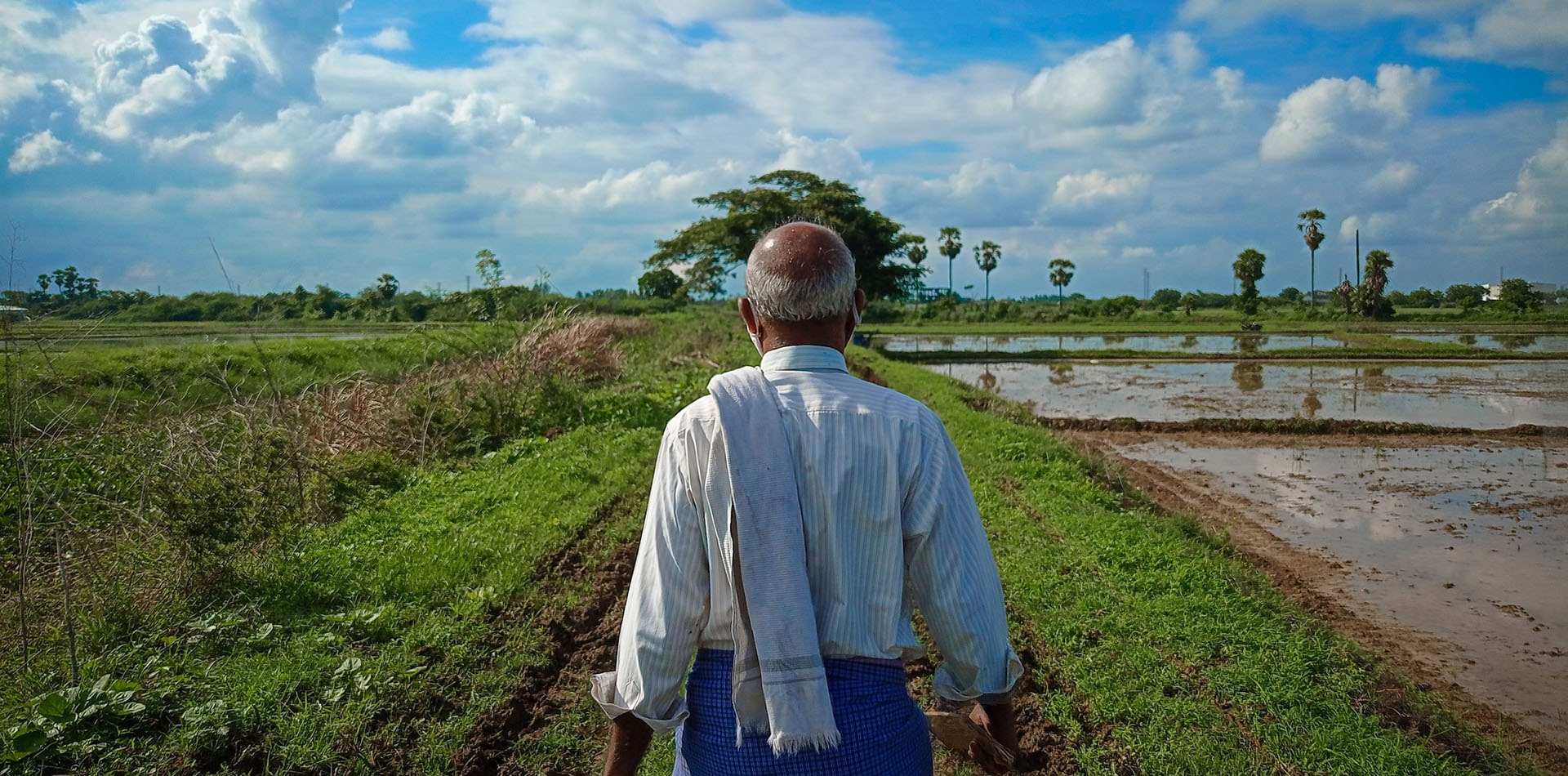While the world population reached 8 Billion mark in late 2022, and there are newer achievements in tech and economy happening every second, we are yet to overcome challenges with access to the most basic human need – food. And while genetically modified seeds, agriculture technology, and other modern inventions have ensured that the world is producing more than enough food to feed all of the 8 billion people, up to 800 million of the global population continues to struggle with hunger.
Back home, we ranked 107 out of 121 countries in the Global Hunger Index 2022, thanks to the disturbing amount of post-harvest losses, estimated of up to 25% for perishable foods and 30%-40% for fruits and vegetables. As an agriculture-based economy, we produce 400 million MT of perishable food every year and the annual value of losses in the agri-produce alone, stand at Rs 92,651 crores! It is astounding that while battling serious hunger crisis, we are also losing up to 40% of our food primarily to cold supply chain issues!
In order to solve this problem, some key challenges on the ground level need to be understood and addressed. And while we are addressing the challenges of food supply chains, agriculture, especially perishables, form a significant part of the food wastage and need to be addressed urgently.
While an efficient and well managed cold supply chain partner is vital in the process, it takes a lot more for farmers and intermediaries to leverage this infrastructure. Some key challenges and their solutions can be summarised as below:
Farmer’s lack of access to temperature-controlled storage:One of the first steps to preventing wastage of fresh produce is to have an affordable and accessible temperature-controlled storage facility, close to the farms. This is easier said than done.
Most of the cold storage facilities are set up at far away towns or district centres, and offer bulk storage at exorbitant prices, making it impossible for a small farmer or a group of farmers to afford it.
Thus, for the fear of the perishable produce going waste, the farmers are forced to sell it at less than optimum rates co-operatives or other such intermediaries, and incur losses by selling the harvest at prices way below the market value.
How can this be addressed?Ground level collaborations with co-operatives, farmers and cold storage facility providers can help transform the situation and almost turn it around!
The effective tri-party arrangement can not only help farmers gain access to an effective cold storage set up, but also allows farm co-operatives to preserve the produce better and increase its shelf life, allow farmers to earn a fair price for their harvest, offer a guarantee of bulk of produce to be stored, thereby reducing costs, and all this while, ensuring minimal food wastage!
Lack of efficient infrastructure for transportation:While cold storage facility is the first step to preserving fresh produce and ensuring its longer shelf life, a lot of damage and wastage also occurs during transportation of the produce. Especially in case of fruits which come with a much shorter shelf life and are fragile.
As a result, a truckload of fresh fruits and vegetables that leaves a town and arrives at a city after hours on the road, may eventually have already damaged 10% to 20% of the perishables in the process. Lack of proper packaging, changes in ambient temperature and surrounding environment and absence of temperature-controlled transportation are key reasons for this.
How can this be addressed?Again, FPO’s, local government bodies, wholesale markets and farmers can collaborate with cold supply chain service providers to employ relevant temperature controlled vehicles that can help in effective transportation of perishables.
Apart from effective temperature control and packaging, a good cold supply chain provider with tech enables solutions can also help in real time tracking and tracing, route optimisation and timely deliveries.
Needless to say, when combined with appropriate storage and transportation facilities, fresh produce can not only gain good prices and save revenue loss but also help farmers enhance the reach and explore destination further away from the area of production.
Lack of financial support:This is probably one of the most vital challenges faced by farmers across the country. This not only hinders their access to quality storage and transportation through cold supply chain logistic companies but also forces them to incur losses and accept prices below the market value, for fear of the produce going waste.
Lack of access to financial support also leave farmer’s vulnerable and easy prey to manipulation by local money lenders, further leading to a vicious loop of bad financial decisions.
How can this be addressed?Just like collaborations with farmer’s co-operatives and unions, ground level collaborations with financial aid organisations, registered banks and NGO’s that work towards subsidies and special provisions for farmers, can all come together to create a financially safe environment for farmers.
This can allow them to not only ensure proper rates and access to newer markets but also improves their production capacity with better seeds, better equipment’s and also adopting tech driven solutions wherever applicable.
Primarily, being an agriculture economy, the Indian farmers have for long been at the centre of the economy and policy discussions.
However, in order to make a real impact that is sustained and beneficial to all the stakeholders involved, it is vital that the food ecosystem, the cold supply chain, the agri-tech and the financial organisations form a stronger, collaborative union to actually make agriculture one of the most profit making sectors of the economy, giving farmers their due share of profits while helping thousands across the country to have access to good quality food, on a regular basis.







